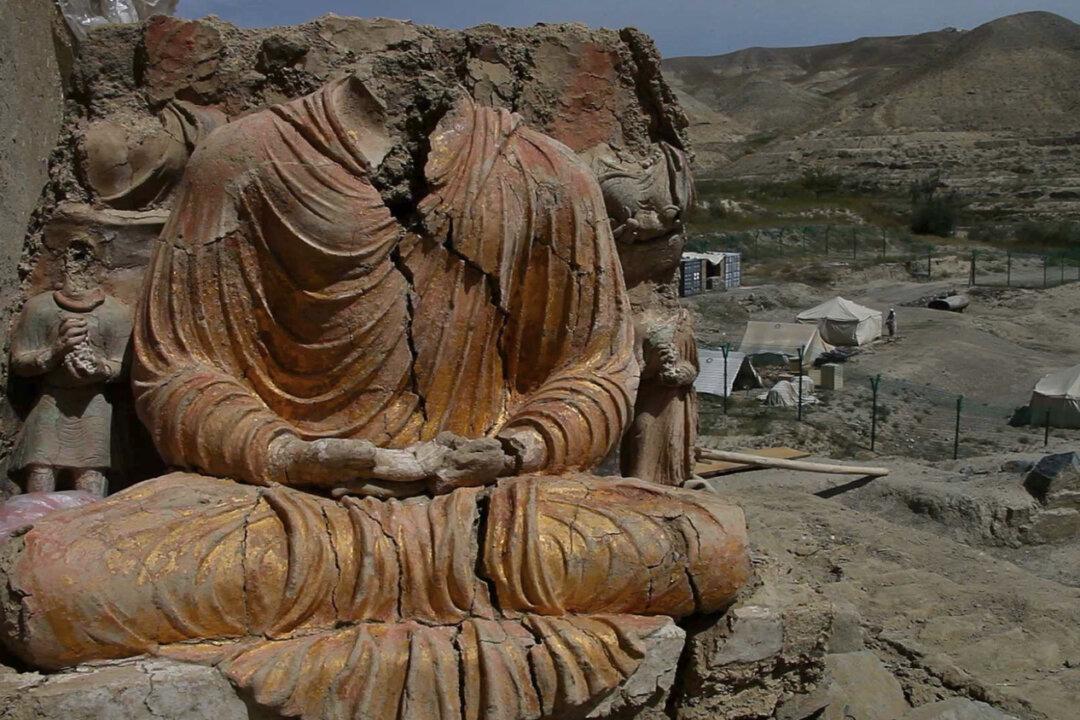Brent E. Huffman, the director of “Saving Mes Aynak,” an acclaimed documentary about efforts to preserve a 5,000-year-old settlement containing Buddha statues, paintings, and other artifacts near Kabul, is concerned about the fate of Afghanistan’s cultural heritage under the Taliban.
The archeological site of Mes Aynak sits on top of the world’s second-largest body of copper ore, whose lease was granted to Chinese companies more than a decade ago but which has remained largely unmined due to threats from insurgents. With the Taliban coming to power and with the CCP hinting at providing support to its government, the situation could soon change.





